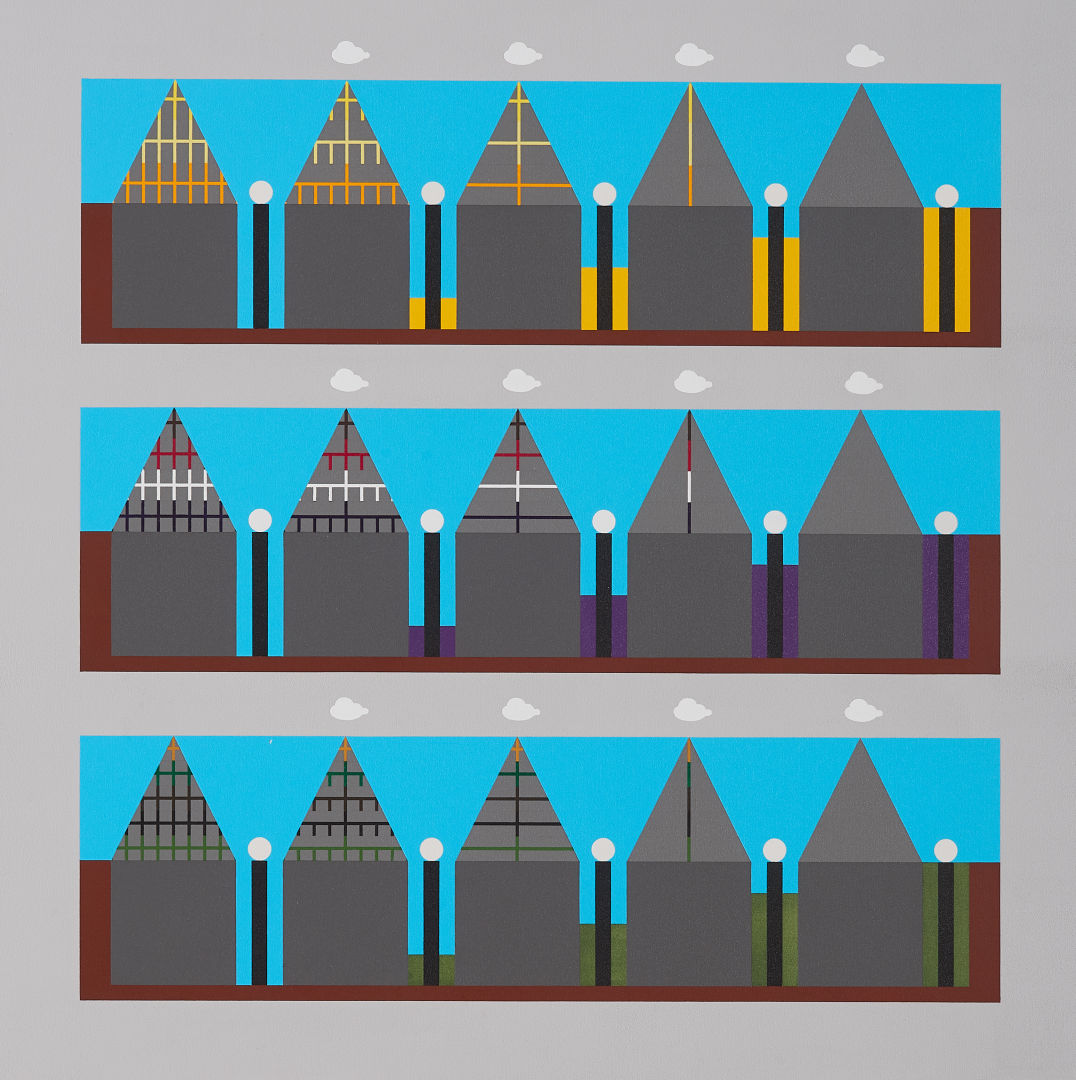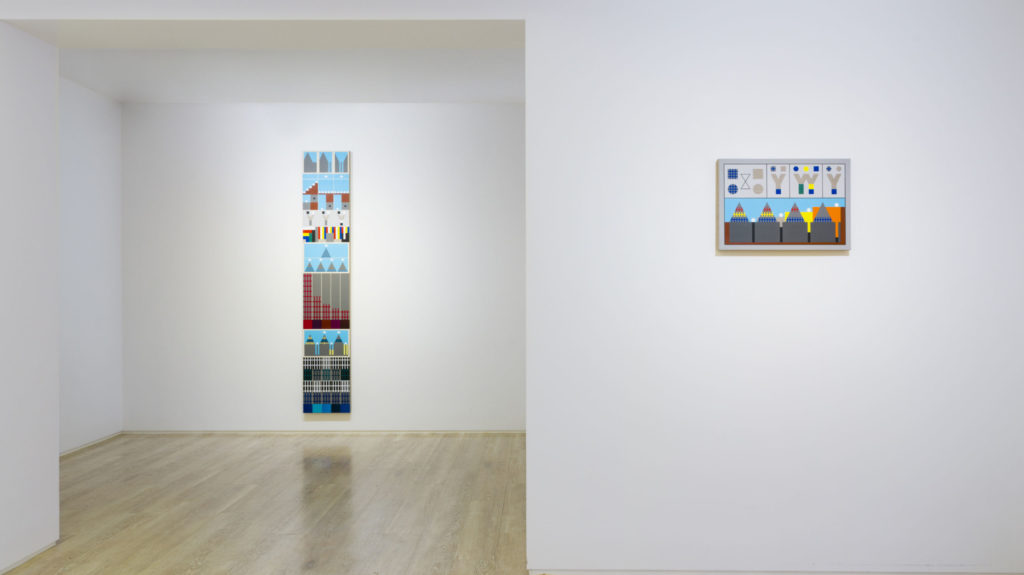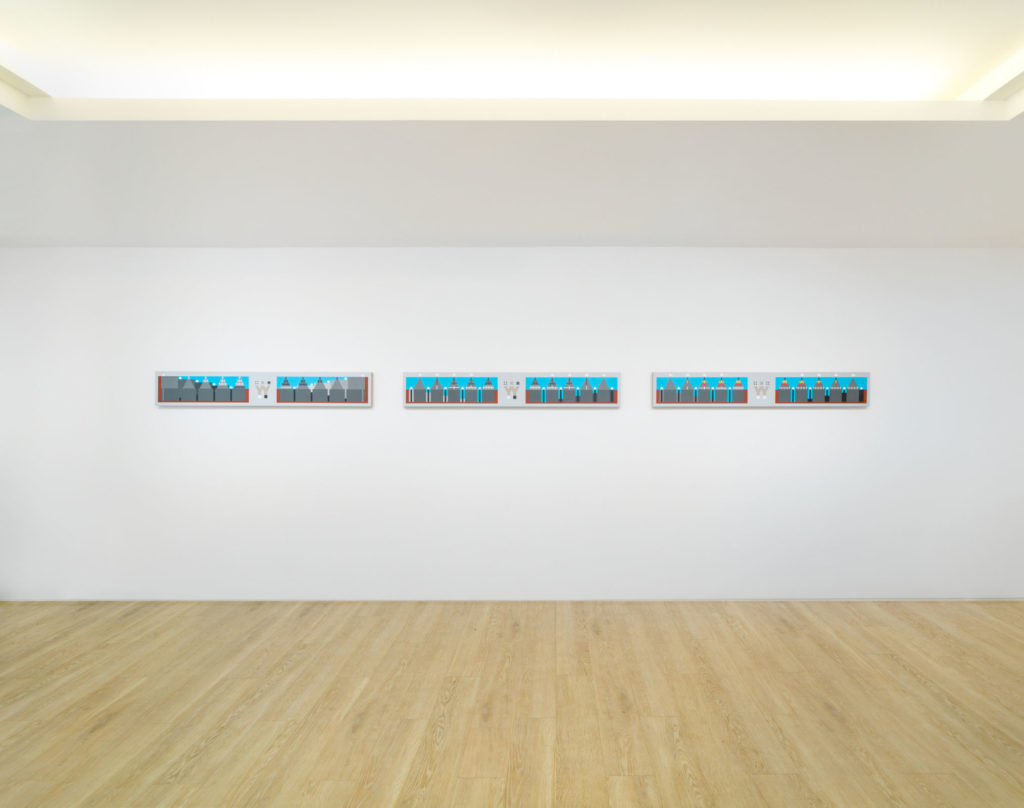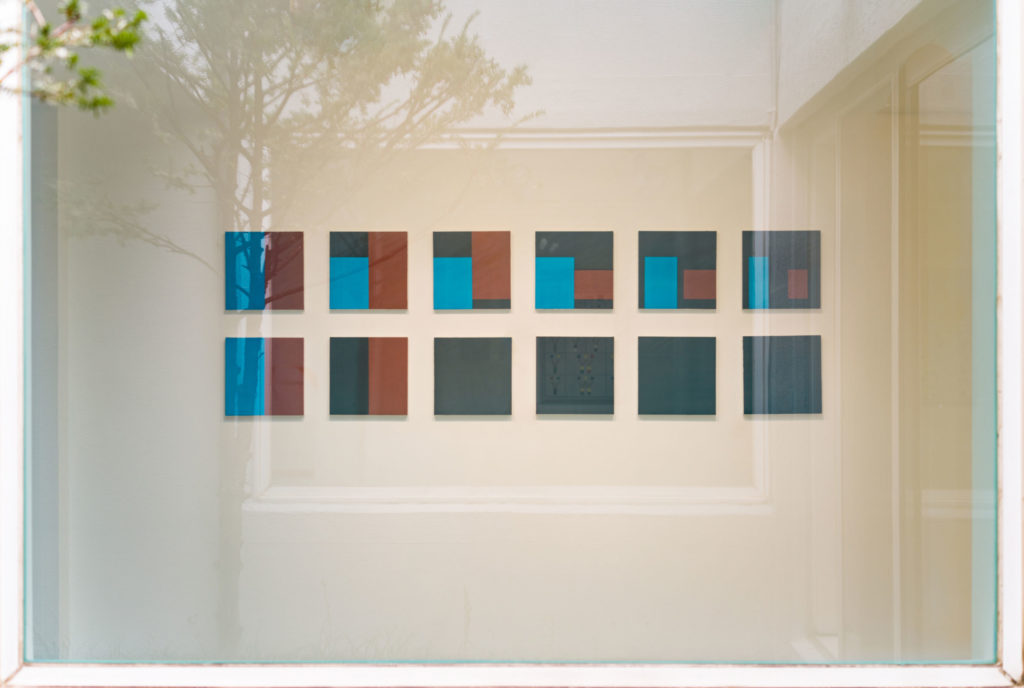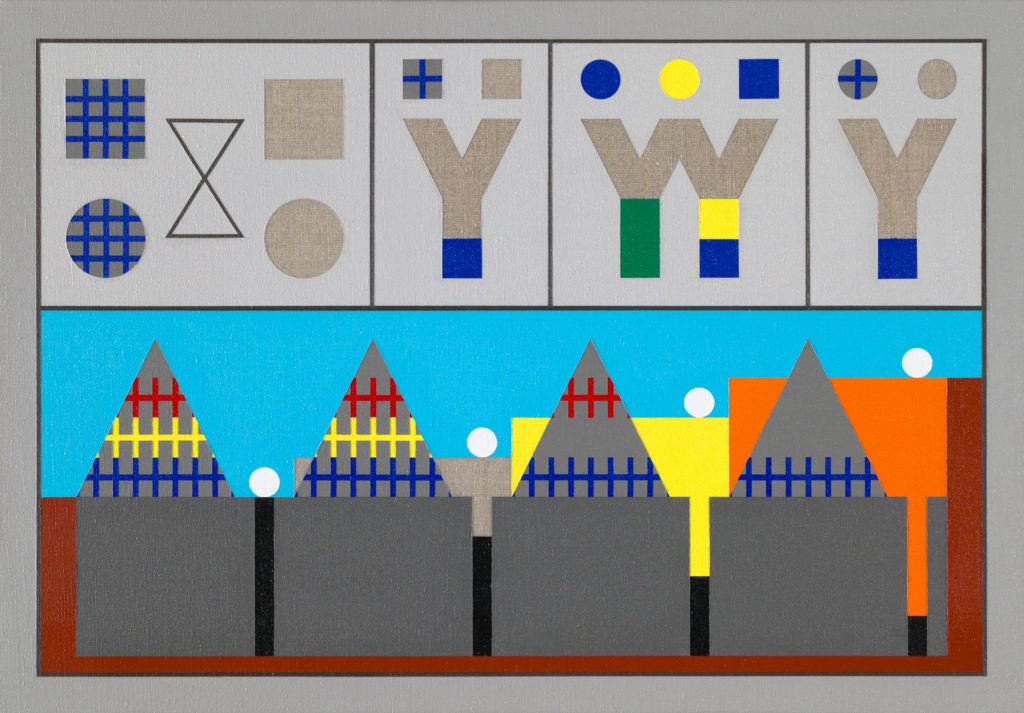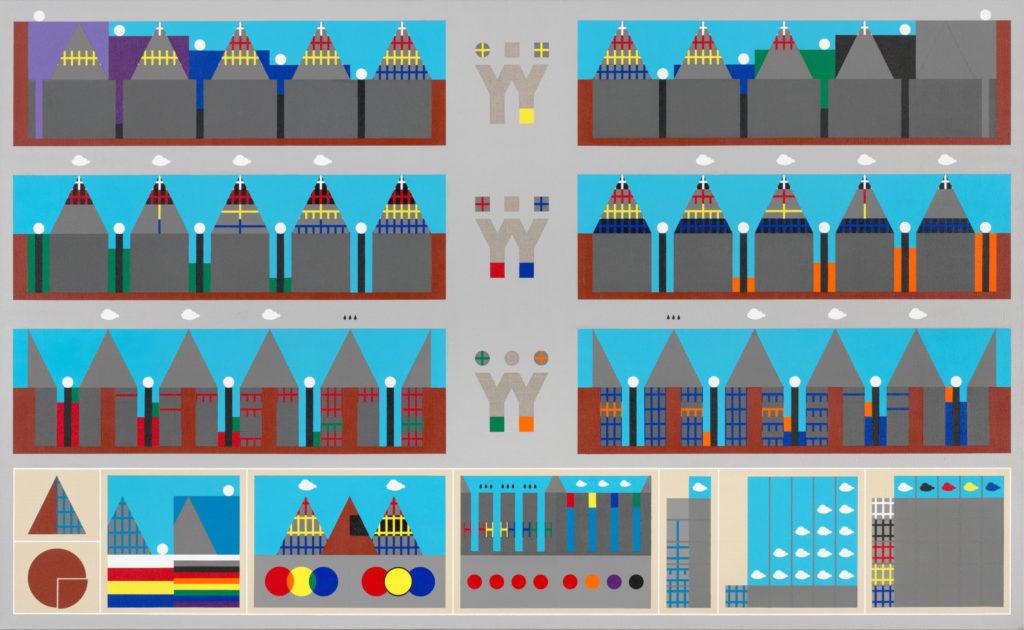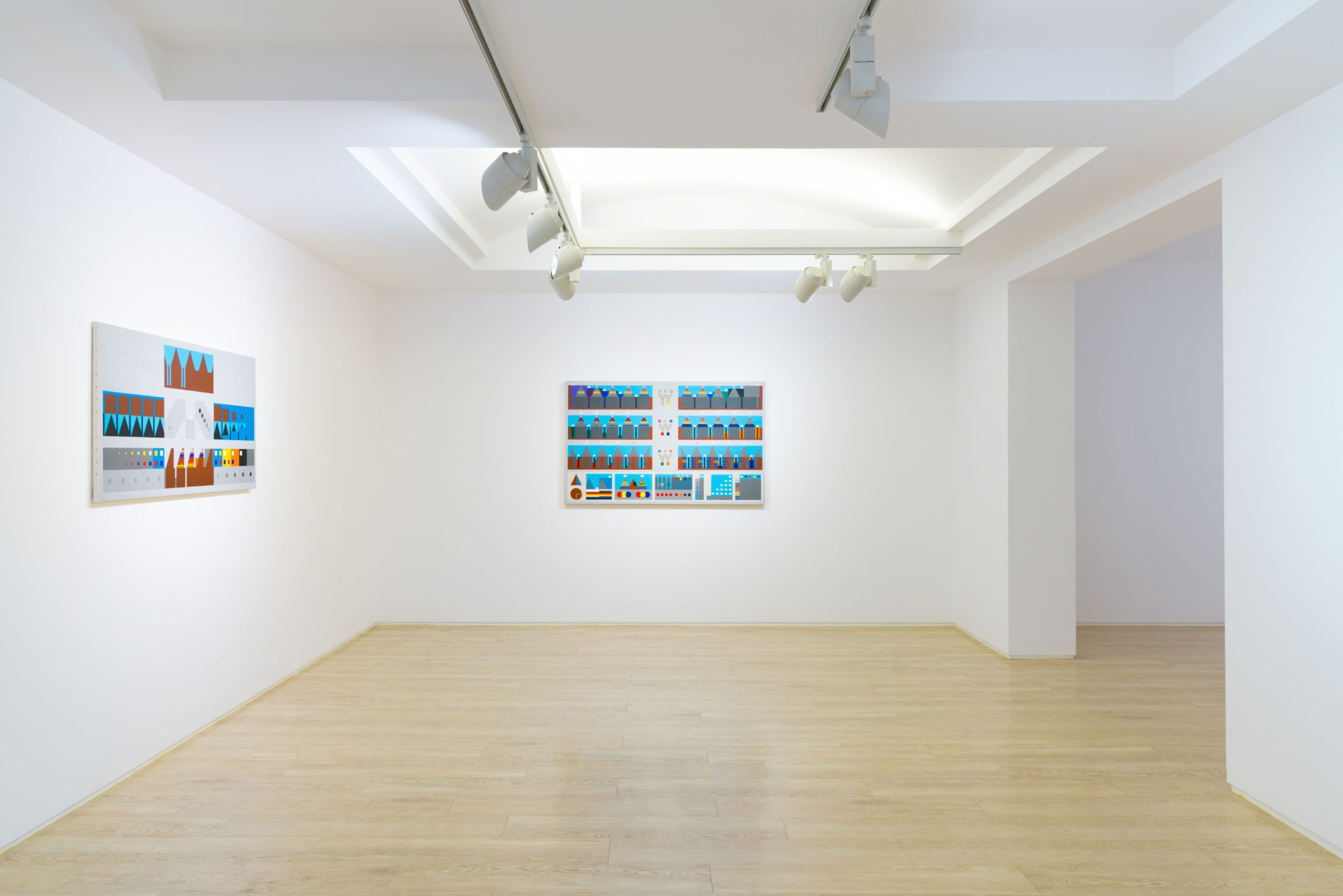 Installation view of <Two Tables>, 313 Art Project, 2017
Installation view of <Two Tables>, 313 Art Project, 2017
Lives and works in Seoul, South Korea
In 2018, 313 Art Project will introduce a new program called ‘313 Alternative Space Project’. The program aims to provide not just on-site experiences but also a chance to meet a broad range of audiences to young artists and curators who will lead the Korean contemporary arts in the future. To encourage active growth of the domestic arts, it offers exhibiting spaces and substantive experiences to fine arts undergraduates and graduates, as well as young independent artists and curators.
‘313 Alternative Space Project’ goes after ‘Seongbuk-dong Project’, a year-long program 313 Art Project launched in 2017 to discover talented and potentially emerging, yet hidden, artists in Korea. The new program suggests the unprecedented vision of the gallery in curating and inspecting the local art scene, while enhancing the Korean art community by providing opportunities to young artists and curators. Before launching the official project in 2018, 313 Art Project will hold a solo exhibition of Sanghoon Lee in October 2017 to inspect the program in curatorial and technical wise.
Sanghoon Lee is a quasi-researcher-painter, who conducts researches on the ‘system of painting’ on the basis of perceiving each individual elements of painting as an independent ‘dimension’. The elements of painting here include the optical like light and shadow, the formative like colors and contours, and the structural like frames and canvases which comprise a support.
In this solo exhibition, TWO TABLES, Lee does researches on the dimension of colors and contours through a virtually fabricated space, ‘Quarry’. The ‘colors’ Lee aims to study in the space, which is constructed on the basis of a color synthesis system as transcendental knowledge, indicate a system of pigments that is commonly regarded as the readymade due to color tubes. Out of technical data table that is universally used by color manufacturing industries does this exhibition manifest the relationship among various colors which consist of common pigments through work processes in quarry. On the other hand, the series on contours is a sort of instructions for workers in the quarry. Within 2-dimensional space that is isolated from the perspectival order, Lee systematized the aspect of cross sections in order to supervise and document the rendering process of a certain 3-dimensional form.
The system of colors and contours, which are spread out through TWO TABLES, could also be a view of the supervisor’s worktable. Since invisible layers of arts are manifested either directly or indirectly by artists’ physical work environments in many cases, what could we see through the table that belongs to a supervisor who is also a worker, a researcher, and an architect? This might be both the questions audiences would pose as to the present of the artist and the answers the artist would give on the future of painting.
이상훈은 회화를 구성하는 요소들을 각각 독립된 ‘차원’으로 고찰하고 이를 토대로 ‘그리기의 체계’를 연구하는 작가이다. 여기서 회화를 구성하는 요소들이란, 빛과 그림자 같은 광학적인 요소나, 색상이나 윤곽과 같은 조형적인 요소들, 혹은 프레임과 캔버스 천 같은 구조적인 요소들까지도 포괄한다.
2017년에 열린 개인전 TWO TABLES에서는 ‘채석장’이라는 가상의 공간을 통해 색상과 윤곽의 차원을 탐구하였다. 선험적 지식으로서의 색 혼합 체계를 기반으로 설계한 이 공간에서 작가가 다루고자 하는 ‘색상’이란, 튜브물감을 통해 레디메이드적으로 통용되는 안료의 체계이다. 이 전시에서는 예술 재료 업계에 통용되는 물감 성분표(technical data table) 중, 동일한 안료를 지닌 다수의 물감 사이의 관계를 채석장의 작업 과정으로 제시하였다. 한편 윤곽에 관한 연작은 채석장의 인부들을 위한 일종의 작업지시서이다. 원근법적 질서로부터 유리된 2차원적 공간에서, 특정한 3차원적 형태를 가공하는 과정을 단계적으로 지시하고 기록하기 위해 단면의 양태를 체계화하였다.
TWO TABLES의 전시 공간에 펼쳐진 색상과 윤곽의 풍경은 채석장을 감독하는 이의 작업대 위 풍경이기도 하다. 많은 경우, 작가들의 물리적 작업환경이 해당 작품의 비가시적 층위들을 직간접적으로 설명해 주고 작업자이자, 연구자이며, 설계자이기도 한 어느 감독관의 작업대를 통해 우리는 무엇을 바라볼 수 있을 것인가? 이것은 작가의 현재에 대한 관객의 질문이자, 회화의 미래에 대한 작가의 답변일 것이다.
EXHIBITIONS AT 313
NEWS
SELECTED IMAGES


